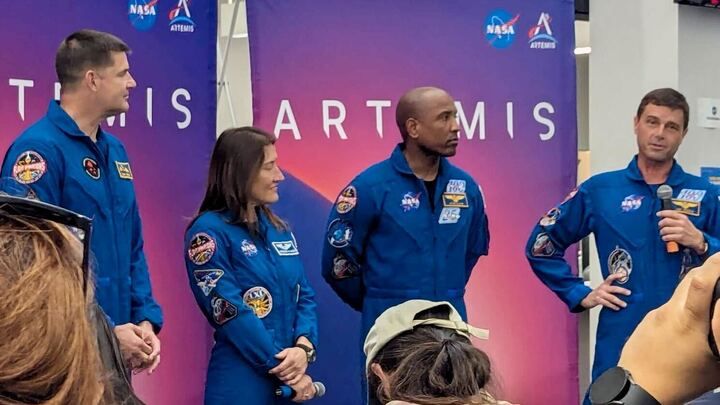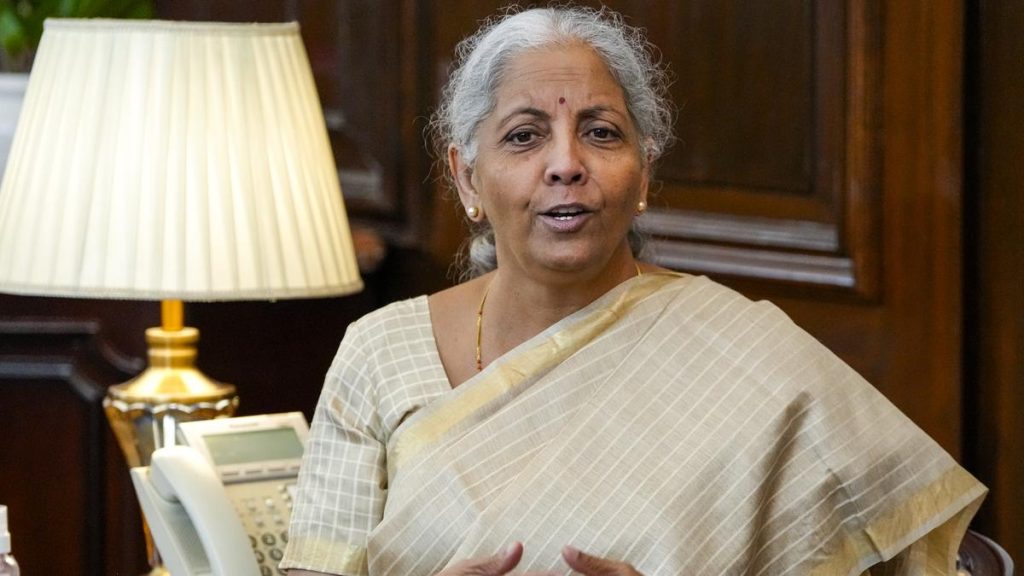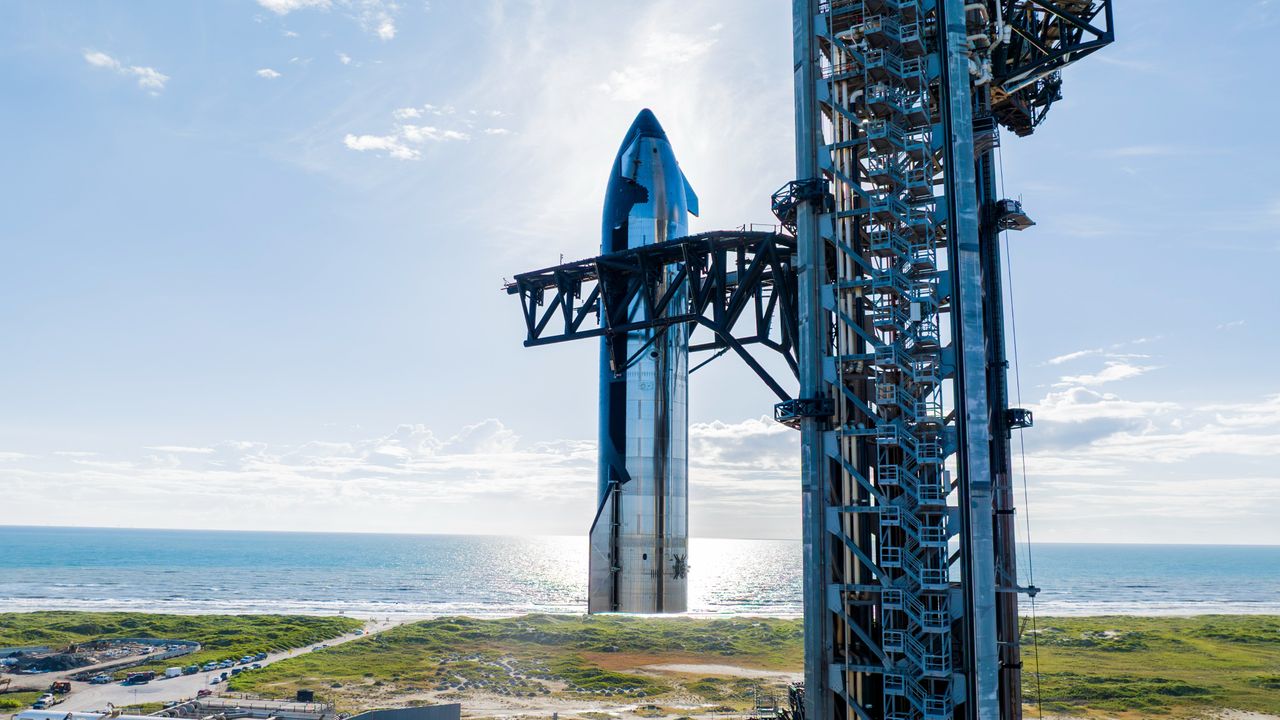Now Reading: Artemis 2 Astronauts to Serve as Human Science Subjects on Lunar Mission
-
01
Artemis 2 Astronauts to Serve as Human Science Subjects on Lunar Mission
Artemis 2 Astronauts to Serve as Human Science Subjects on Lunar Mission

Quick Summary
- NASAS Artemis 2 mission aims to study how sleep, stress, adn radiation impact human health in deep space during its moon flight.
- It will be the first crewed test of the Orion spacecraft and Space Launch System (SLS) rocket.
- Research will involve astronauts as biomedical subjects to examine cardiovascular health, immunity, nutrition, and stress during pre-launch, in-flight, and post-mission phases.
- Experiments include:
– tracking movement and sleep patterns using wrist sensors (ARCHeR project).
– Collecting saliva samples on dab papers for space radiation-related immune system analysis.
– AVATAR organ-on-a-chip study to simulate bone marrow response to deep space radiation and microgravity.
– radiation measurements with personal dosimeters plus onboard sensors.
- Crew members include Christina Koch, Victor glover, Reid Wiseman (commander), and Canadian astronaut jeremy Hansen.
- The mission is scheduled for launch between February-April 2026.
!Artemis 2 astronauts addressing media
Caption: The crew of NASA’s Artemis 2 speaking at Kennedy Space Center.
!Artemis crew posing in spacesuits
Caption: Artemis 2 astronauts (Left to Right): Christina Koch, Victor Glover, Reid Wiseman (commander), Jeremy Hansen.
!Organ chip device
Caption: An organ chip used for bone marrow experiments in space.
Indian Opinion Analysis
The Artemis 2 mission marks a notable milestone not just for NASA but also the global scientific community. By venturing beyond low Earth orbit after over five decades with human subjects onboard, this endeavor will enrich our understanding of human adaptability in extreme environments like deep space-a crucial step toward sustained lunar presence or missions further into our solar system.
For India’s growing space exploration ambitions via ISRO’s programs such as Chandrayaan or Gaganyaan missions upcoming soon-the research insights from Artemis could serve as foundational data points. Areas like astronaut health monitoring technologies under high-radiation conditions are particularly relevant when planning future interplanetary travel.
Moreover-india’s regional positioning as a leader among emerging economies exploring cutting-edge scientific disciplines underscores importance keeping pace leveraging such global missions collaborations focusing beyond science engineering fostering shared goals exploration sustainability























